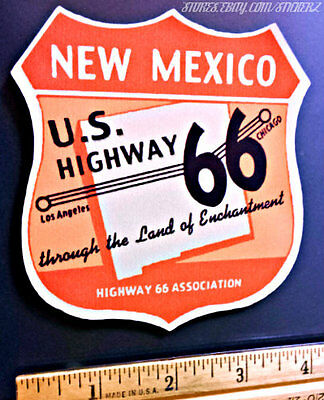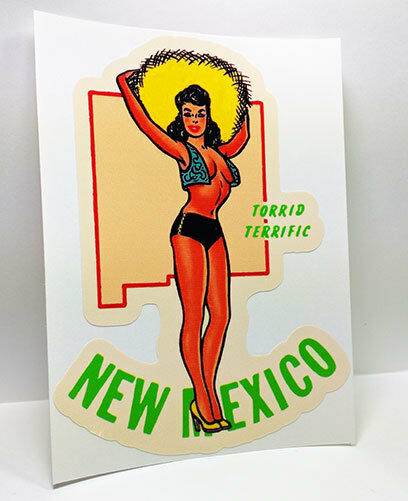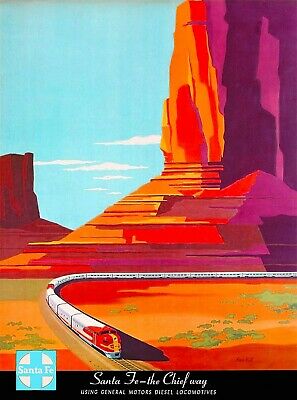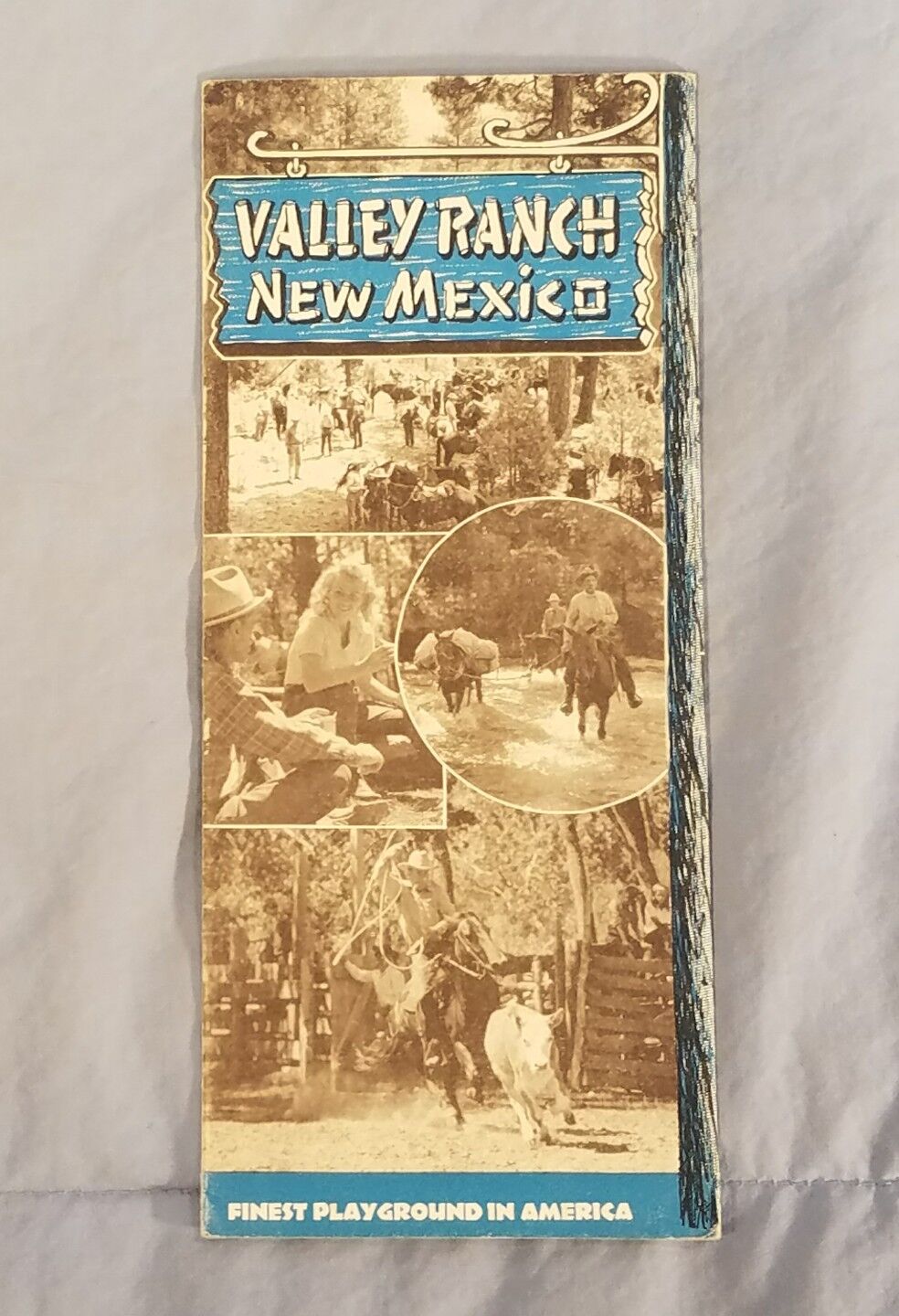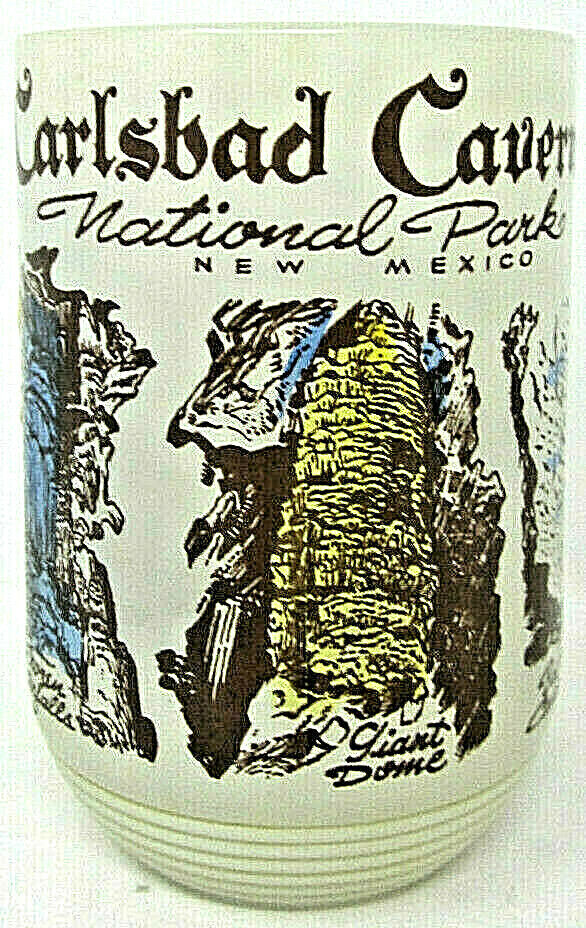-40%
Vintage Route 66 New Mexico Roadside Attraction Will Rogers Indian Pow Wow 1939
$ 16.73
- Description
- Size Guide
Description
Check out our store under the "Souvenirs & Memorabilia > U.S. > New Mexico
" category for other similar items and save on shipping!
Estate sale find, vintage original travel brochure for the Gallup Inter-Tribal Indian Ceremonial, Aug 17, 18, 19, 20, Gallup, New Mexico, "The Indian Capital." Just off the Will Rogers Highway, Route 66, All paved from Chicago to Santa Monica.
First launched on September 28, 1922, the Gallup Inter-Tribal Indian Ceremonial has been taking place in Gallup, New Mexico, for nearly a century. It’s not only one of the state’s oldest events, but also one of the oldest continuous recognitions of Native American culture and art.
Two travel trends coincided to set the stage for the Gallup Inter-Tribal Indian Ceremonial’s creation: The Atchison, Topeka and Santa Fe Railway was chugging across the American West delivering travelers to an ever-growing number of Harvey Houses and car travel was growing easier and ushering in the age of the great American road trip.
A handful of Gallup traders—individuals who ran businesses swapping sundry goods for Native American art—gathered to attract more tourists to come to and stay in Gallup.
In the Ceremonial’s first year, travelers pulled into Lyons Memorial Park north of the railway and circled their cars around a set of bonfires. They turned on their headlights to illuminate Native American dancers sharing social versions of traditional dances seldom seen off the reservation.
That year, organizers paid the dancers a silver dollar to participate. A circus-style tent sat nearby for traders to sell Native American artwork, like silver jewelry and woven rugs. These nightly dances and the art market are still cherished elements of the Ceremonial today.
The event also included a parade and a rodeo with the original being more of an arrival procession, as Native Americans came into the event on horse-drawn carriages from the nearby Navajo Nation and Pueblo of Zuni.
The parade continued under horse or foot power (some people walked) long into the event’s history. That allowed the parade to survive World War II, when others across the country were canceled to preserve gasoline.
The brochure measures approximately 4" X 9" (folded), shipping weight approximately 4 ounces.
PLEASE SEE DESCRIPTION AND PHOTOS FOR ADDITIONAL DETAILS - The brochure is in overall Fair to Good Minus used condition with signs of wear, creases, fading, tears, sunning and age toning, soiling, stains, writing, no odors, please see images.
(C1C4-105)










